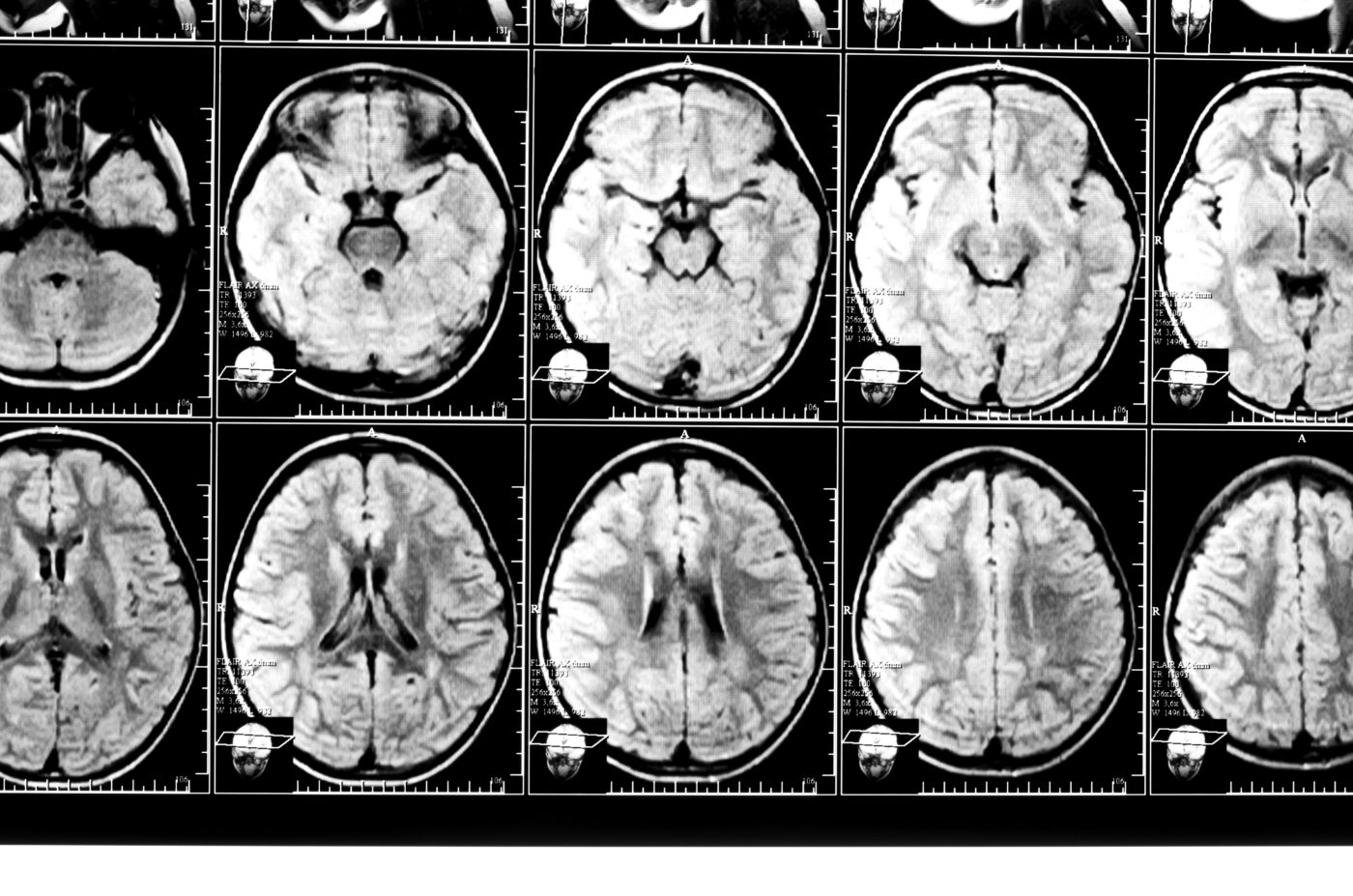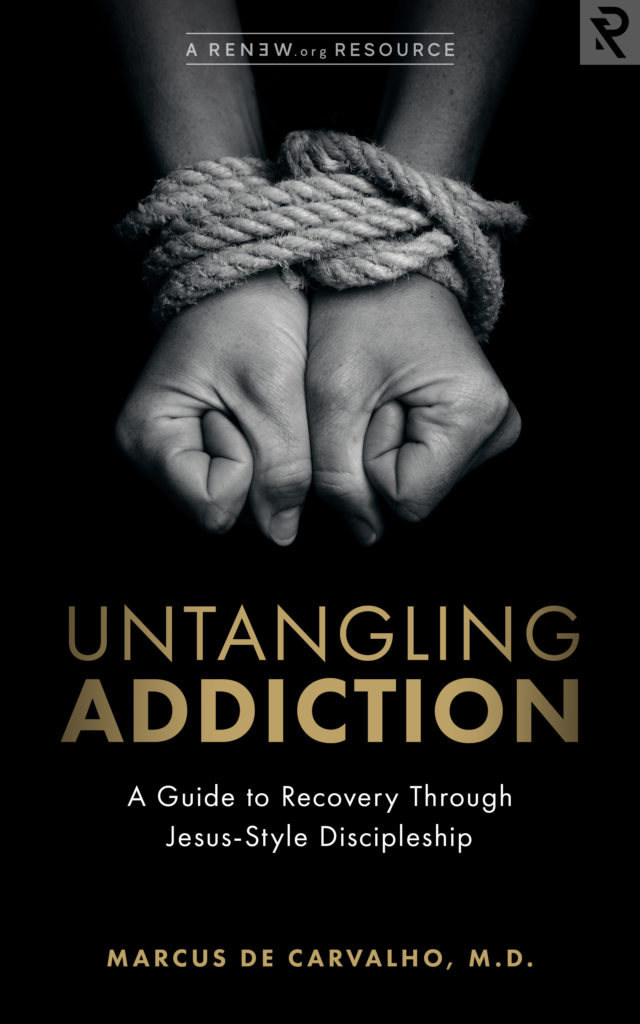
When You Can’t Trust Your Brain
Patients and disciple makers find it helpful when I tell them about the brain’s “amygdala” and the purpose for which it was designed. It was designed to trigger a response called “fight or flight.” When the amygdala fires due to various stimuli, it is trying to help someone survive.
When someone is walking in the street as a bus comes by, they instinctively jump out of the way. This is the “fight or flight” mechanism of the brain at work.
You may have heard stories like this. When someone recounts what happened, they say, “It was as if somebody pulled me out of the way. I don’t even really know what happened.” That’s fight or flight: their brain causes their pupils to dilate, their lungs to hyperventilate so they can breathe faster, and adrenaline to saturate their muscles so they can move quickly.
It’s amazing, really, what the body can do in emergency situations. Cortisol goes up, blood pressure rises, and heart rate increases—all for you to jump out of the way and save your life.
This all comes from the amygdala; it was designed for that purpose. It’s impulsive, reactionary, and emotional.
In order to explain how the amygdala works with addiction, however, I must tell you about the hippocampus, which is attached to the amygdala.
What’s the hippocampus? It is the “hard drive” of the brain. It remembers all of your memories—every single thing that’s happened in your life (even the things you think you forgot). First grade, second grade, everything: all the good and bad memories, all the traumas, all the perceived threats, all the dangers, everything.
The hippocampus stores all memories in your life, both good and bad.
So here’s how it works in an example: You notice that it’s a Saturday night, and a friend of yours is throwing a party. You see photos online and your friends are all there, but you were not invited. We’ve all been there.
If you’re in this situation and you’ve also had abandonment issues in your life—all of which are stored in that hippocampus—it is only natural that your hippocampus would reference these feelings, and you would feel emotional pain because you weren’t included. Are these people even your friends?
These thoughts and feelings cause you to experience a sense of sadness.
At the same time, let’s remember that the hippocampus stores all good memories as well: the day you got married, the birth of your first child, your medical school graduation, witnessing your child take their first steps. These good memories work in the same way, triggering feelings to bring your mind to a place of happiness.
The amygdala asks the hippocampus, “Is this a threat?” Then, if it is perceived as such, it makes a decision in three-hundredths of a second to react either by fight or by flight.
It may react appropriately or inappropriately. Remember, the amygdala will always reference the hippocampus before it decides how to respond. If it reacts inappropriately, it will happen that you are just looking at these pictures on a social media site and, rationally speaking, you don’t have go into fight or flight, but your brain suddenly says you have to. Your heart rate and blood pressure rise, anxiety and depression begin to take control, your capacity to think rationally goes down, all in a quarter of a second.
Seconds could become minutes, and before you know it, you need relief.
It seems unreal to think that seeing a picture on Facebook would cause such an extreme emotional response, but here’s the point: the hippocampus stores memories from the past, as we said above, both good and bad. If you have emotional trauma, feelings of inadequacy, or whatever, then your amygdala will fire a seemingly extreme, perhaps inappropriate, response.
Where do you find relief?
You quickly remember that bottle of wine in the kitchen. You think, I need a glass of wine. Or maybe it’s the Internet for you, and you think, I just need to look at some porn.
In these cases, the amygdala acts so powerfully. That’s why, for example, if someone has just returned from ninety days in a treatment center for addiction, they finally get to go home and allow an old habit to sneak back in: they pull out their phone, and they haven’t erased all the phone numbers of those who get them drugs.
All of a sudden they get a text from a buddy that says, “Come on, man, let’s get together, let’s get high.” It all starts again.
The hippocampus has stored all those memories, and the limbic system releases the dopamine based on the neuroplasticity that has already been laid down. Even before you respond to the text or before you decide to respond, you’re literally hardwired to seek the relief because of the neuroplasticity of your brain. The amygdala fires, saying, “You need this!” because you have been tricked into believing your brain.
The hippocampus is connected to the amygdala, firing all the memories from your past, all the times you’ve used before, the euphoria of escaping the anxieties or realities you might be facing. So you respond in the way you know how. Before you know it, you’ve relapsed.
What you really need is a renewed mind.
So many times I’ve heard, “Dr. D, I don’t know why I do the things I don’t want to do. I was doing so well and something happened. What happened?” That’s how powerful our brain and its neuroplasticity can be. Addiction hijacks the pleasure reward pathway.
Let me drive the point home now. Imagine with me, if you will, that you’re going to eat some carrots. I know, sort of bland, right? But stick with me on this: you put these carrots in your mouth, they’re kind of cold, they have dirt on them, and you know they will taste plain—like most carrots do. Not a lot of emotion there.
Now imagine eating this: a perfect combination of cold vanilla bean ice cream topped with homemade hot fudge with strawberries on top, topped with a dollop of whipped cream. You and I both know how good this will taste. Is your mouth watering yet?
That feeling you get when you simply imagine eating a tasty treat is dopamine firing on the amygdala, which signals the hippocampus. They all work together to tell you that you want to eat that food!
I mean, think about it, why is it that when we go to restaurants, we are stuffed after a meal?
We leave feeling bad, thinking, Why did I eat so much? I’m never going to be able to sleep! Yet we succumbed to the dessert tray before we knew it. We order dessert and request, “Two spoons, please!” The restaurants get it; believe me, they understand how this works.
Imagine you’re recovering from a heroin addiction, and I show you a picture of heroin. The brain chemistry triggers your emotions. What if you struggle with looking at pornographic images, and all of a sudden someone flashes those images in front of your face? The same sensations and feelings you get from indulging in porn start going through your brain.
Your ability to think rationally about the situation and to say no starts to vanish. That’s the power of brain chemistry.
(Excerpted from Dr. Marcus De Carvalho’s Untangling Addiction.)








